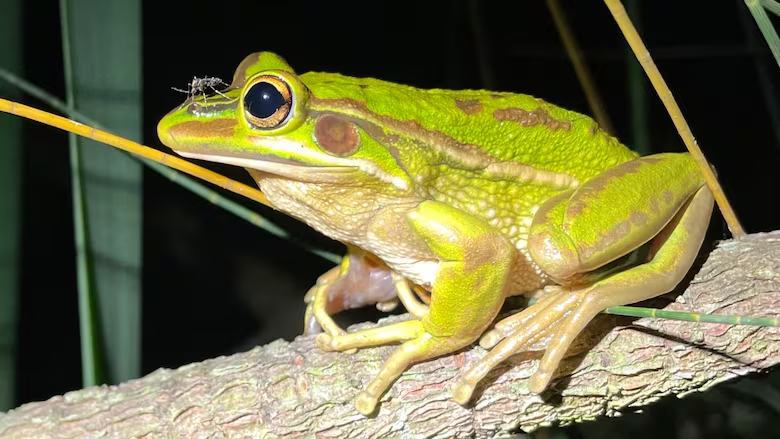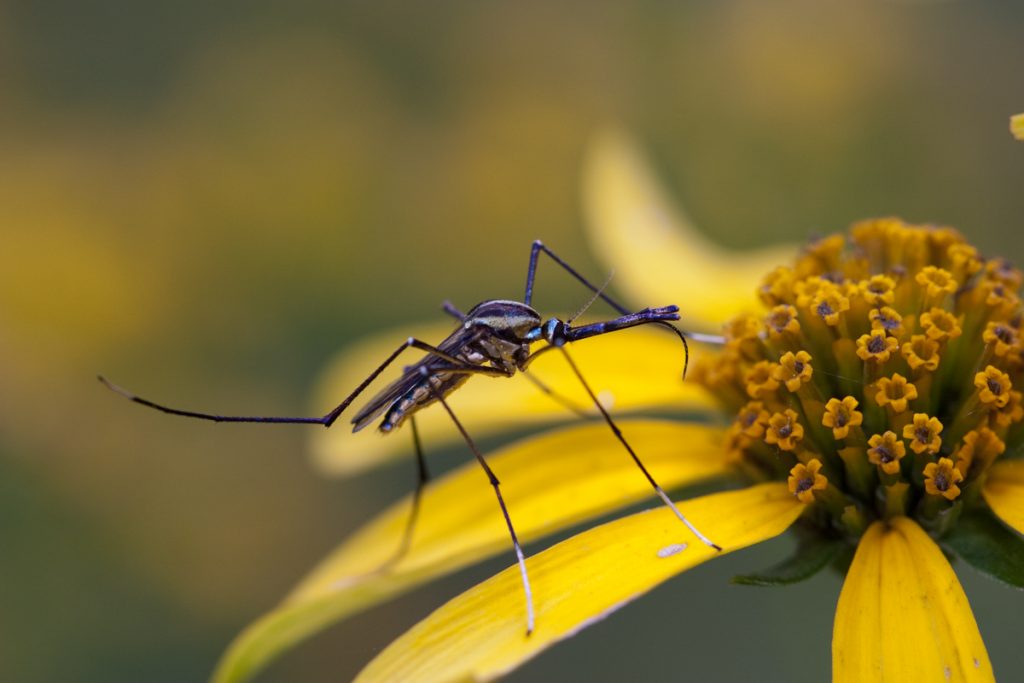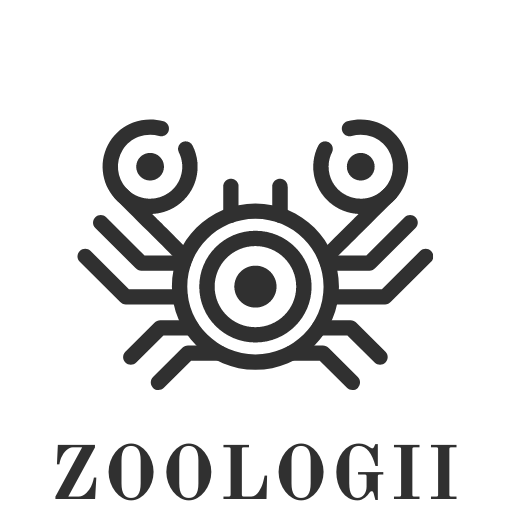
Fascinating research uncovers a surprising feeding strategy in Mimomyia elegans, a native Australian mosquito. These mosquitoes feed exclusively from the nostrils of the green and golden bell frogs (Litoria aurea), their natural predator – a behaviour that defies typical predator-prey and host-parasite dynamics.
With approximately 6% of the 3,700+ mosquito species known to obtain bloodmeals from humans, acting as vectors of zoonotic diseases in the process, understanding mosquito foraging patterns is an important area of research. Novel findings in mosquito foraging, in addition to other aspects of their ecology, are fundamental in zoonotic disease prevention even if humans are not the target species.
Bloodmeals are the norm for females of the mosquito family (Culicidae), though some species break the mould such as the elephant mosquito (Toxorhynchites rutilus), whose diet comprises only nectar upon reaching adulthood. During the female reproductive cycle, protein obtained from bloodmeals is converted to egg yolk proteins which prompt oocyte development. In some species including Anopheles spp., this process is fundamental; where females require a specific meal or dietary component to facilitate egg production, they are known as anautogenous. Autogenous species, such as the elephant mosquito, can produce eggs in the absence of bloodmeals but blood proteins may act as a stimulant to maximise egg yield. At least fifteen genera are known to be autogenous. Interestingly, the necessity for bloodmeals may differ within a single species (intraspecific); Culex pipiens molestus (Forskal) is autogenous while C. p. mallens (Coquillett) is anautogenous.

Mosquito host preferences also show great disparity. Host selection may differ within a single species according to seasonal or climatic conditions; Culex tarsalis prefers to feed upon wading birds during the summer months, mammals during the autumn, and songbirds such as house sparrows (Passer domesticus) during the winter. While anautogenous species are largely opportunistic and obtain bloodmeals from whatever host presents itself, some species show a preference for a few or single host type; for instance, Anopheles gambiae s. l. are significantly more attracted to dark prey items compared to striped or white prey, but Aedes aegypti favours black-and-white striped targets. The crabhole mosquitoes (Deinocerites spp.) frequently consume the blood of fiddler crabs (Uca spp.); anthropophilic mosquitoes have a preference for human blood over other host species; the pale-footed Uranotaenia (Uranotaenia lowii) opt for the blood of barking treefrogs (Dryophytes gratiosus).
While specific mosquito host preferences are well-reported, specificity for a particular feeding location upon a host was perhaps unprecedented until, in 2023, Gould & Valdez revealed M. elegans would feed exclusively from the nostrils of their amphibian hosts. Gould & Valdez’s research, published in full in Ethology, comprised 3,977 amphibian observations across 60 ponds over a three-year period in NSW, Australia. In all instances of mosquitoes making contact with frogs, feeding would take place between the nostrils. This behaviour was primarily observed upon green and golden bell frogs. Remarkably, during the two instances in which a mosquito would land elsewhere upon eastern dwarf tree frogs (L. fallax), it would walk to the same feeding spot before taking a bloodmeal. This discovery not only highlights the ingenuity of mosquito feeding strategies but also sheds light on the complex dynamics of parasite-host interactions.
Gould & Valdez conclude this to be a highly strategized feeding method which, aside from an incidental observation upon cane toads (Bufo marinus), is largely unheard of in mosquitoes. Frog-biting midges (Corethrella spp.) frequent the facial region of several frog species, but their feeding spot appears to be somewhat randomly selected and not as specific as that of M. elegans. Given frogs including L. fallax and L. aurea would readily take mosquitoes as prey, it is surprising M. elegans feeds upon the anterior end of these frogs where the risk of predation is high. Gould & Valdez stipulate this may actually be the safest feeding spot; though most frogs possess a wide field of view, they likely have limited vision of the anterior and posterior. M. elegans, therefore, appears to be exploiting a blind spot.
Aside from the avoidance of predation, it is not known whether feeding upon this particular spot offers some form of selective advantage for M. elegans. It may be that the skin in the region is particularly thin or vascular compared to the rest of the dorsal region, theoretically making a bloodmeal easier to obtain. M. elegans are opportunists, however, with feeding apparatus capable of penetrating mammals and birds and unlikely to struggle to feed off amphibians. Since mosquitoes are drawn to carbon dioxide excretions of their targets, perhaps the nostrils are easier to navigate towards. Amphibians, however, excrete CO2 from their skin via cutaneous respiration, and to a higher extent than from the lungs.
Evidently, further research is required to ascertain the benefit of this peculiar feeding behaviour and improve our understanding of mosquito foraging and parasite-host dynamics. Nonetheless, these findings highlight a surprisingly complex mosquito feeding behaviour that may challenge and advance our understanding of their ecological interactions.
References
Attardo, G.M., Hansen, I.A. & Raikhel, A.S. (2005) Nutritional regulation of vitellogenesis in mosquitoes: implications for anautogeny. Insect Biochemistry and Molecular Biology, 35(7), 661-75.
Benz, U., Traore, M.M., Revay, E.E., Traore, A.S., Prozorov, A.M., Traore, I. … Rothe, C. (2024) Effect of textile colour on vector mosquito host selection: a simulated field study in Mali, West Africa. Journal of Travel Medicine, 31, taae049.
Gould, J. & Valdez, J.W. (2023) A little on the nose: A mosquito targets the nostrils of tree frogs for a blood meal. Ethology, 130, e13424.
Kay, J. & Knight, K. (2023) Frog-feeding mosquitoes have eavesdropping antennae. Journal of Experimental Biology, 226, jeb246992.
Lilja, T., Lindström, A., Hernández-Triana, L.M., Di Luca, M. & Lwande, W. (2024) European Culex pipiens Populations Carry Different Strains of Wolbachia pipientis. Insects, 15, 639.
Sawabe, K. & Moribayashi, A. (2000) Lipid Utilization for Ovarian Development in an Autogenous Mosquito, Culex pipiens molestus (Diptera: Culicidae). Journal of Medical Entomology, 37, 726-31.

Leave a Reply